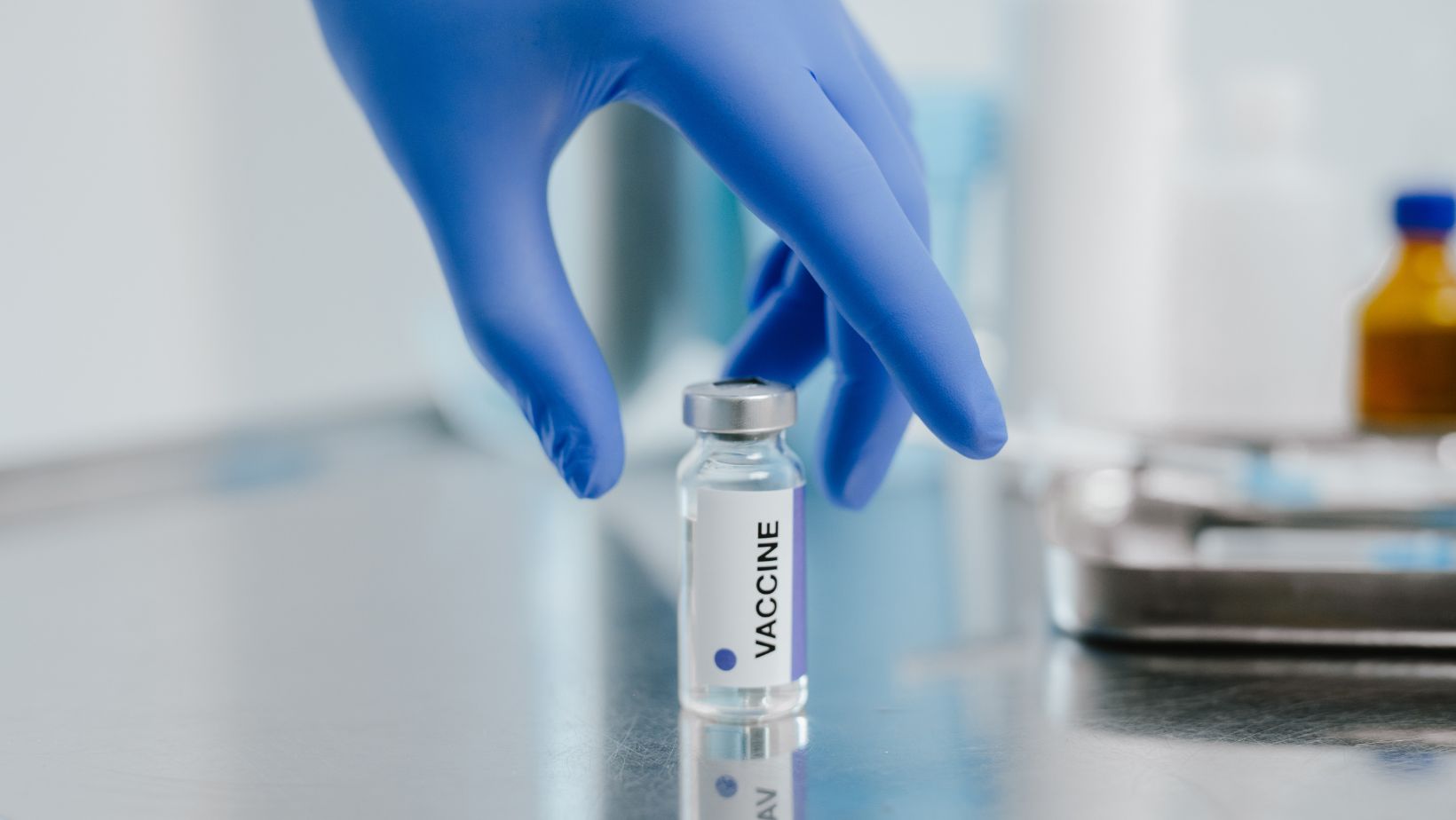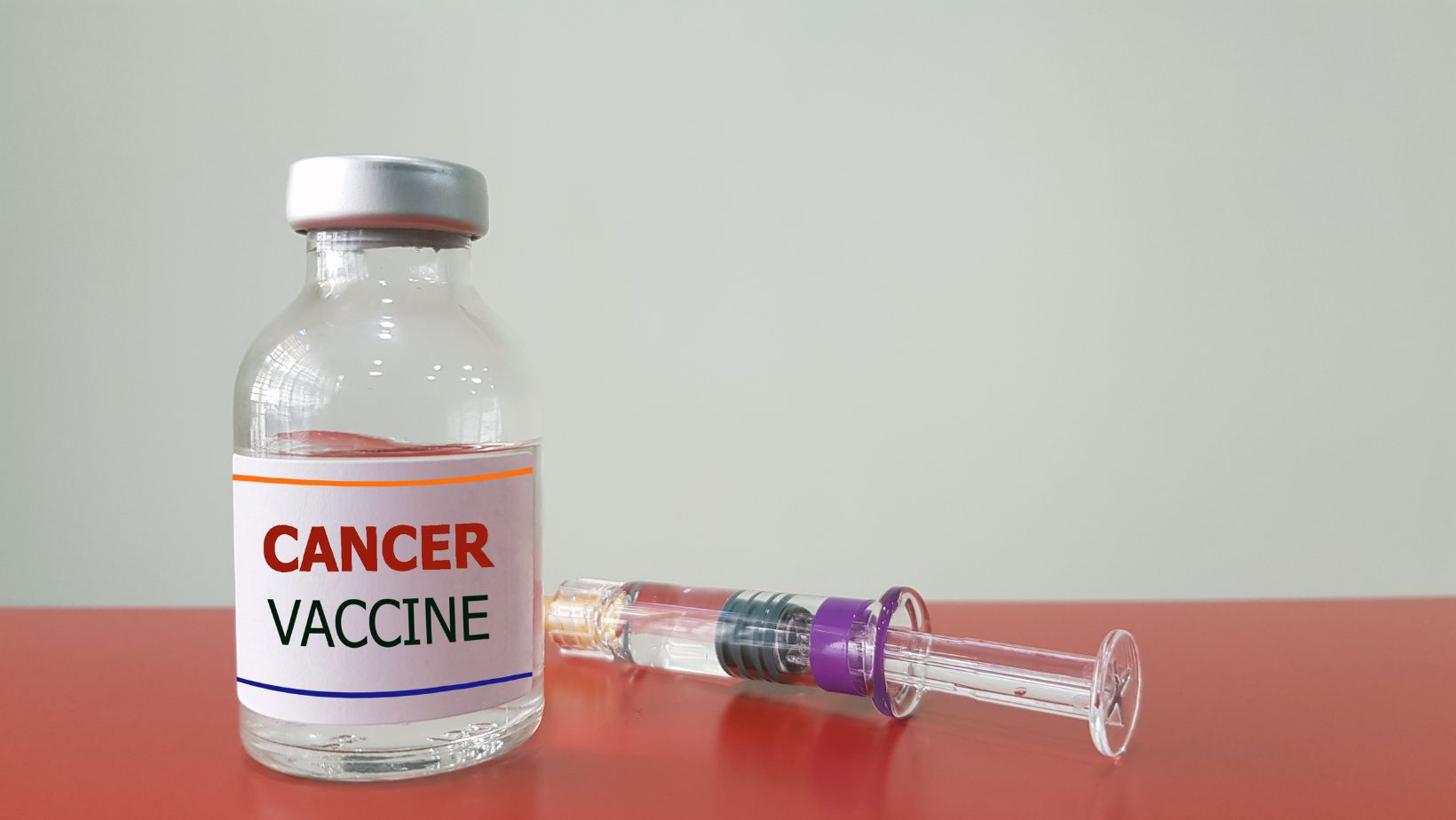Food allergies affect millions of people worldwide, limiting diets, activities, and peace of mind. For those who live with this constant fear of a reaction, the prospect of a treatment that focuses on the cause and not the symptoms might seem revolutionary. Allergy immunotherapy fits this bill, offering a promising avenue toward desensitizing your immune system to food allergens and improving your quality of life.
But does it actually help address food allergies? Let’s find out.
What Are Food Allergies and Why Are They Challenging?
Food allergies arise when your immune system decides that a certain food is harmful, even if it isn’t. In some cases, even the tiniest amount of that food may trigger your immune system, causing it to release histamines and other chemicals, giving way to the symptoms you recognize as an allergic reaction. These symptoms can range from mild, such as hives, itching, and tummy upset, to serious, such as difficulty breathing and anaphylaxis.
Managing food allergies comes down to strictly avoiding the allergen, carrying rescue meds like epinephrine (often delivered via Epi-pens), and vigilance surrounding the risk of cross-contamination. While these efforts can help prevent an allergic reaction from occurring, they don’t modify the underlying immune response. That’s where allergy immunotherapy comes in.
What is Allergy Immunotherapy?
Allergy immunotherapy is a treatment designed to modify how the immune system responds to an allergen. It gradually trains your immune system to tolerate allergens rather than perceiving them as threats. To do this, it exposes your immune system to small, incrementally increasing doses of whatever allergen you’re sensitive to.
The ultimate goal is desensitization, wherein you can tolerate larger amounts of the allergen without reaction, or tolerance, wherein your immune system permanently “accepts” the allergen, even after you stop treatment.
Methods of Food Allergy Immunotherapy
There are a couple of types of food allergy immunotherapy, each with its own method of delivery. These options include:
Oral Immunotherapy (OIT)
Oral immunotherapy is one of the most researched and widely used methods for treating food allergies. It involves consuming tiny, incrementally increasing doses of the allergen—such as peanut protein—under an allergist’s supervision.

Over the following weeks and months, the dosage will increase until you reach a maintenance dose that provides protection against accidental exposures. This method is highly effective, but it does have a higher risk of side effects, including gastrointestinal discomfort and allergic reactions.
Sublingual Immunotherapy (SLIT)
Sublingual immunotherapy is similar to oral immunotherapy in that it is administered by mouth. However, unlike oral immunotherapy, the allergen is delivered via liquid drops or dissolvable tablets. These doses contain allergen extracts, which are absorbed through the oral mucosa and processed by your immune system.
It, too, starts with small doses of the allergen and gradually increases over time. However, the doses are much smaller than those used in OIT, making it a safer alternative. Despite the smaller dose, this treatment has shown promise for increasing tolerance for various food allergens. Plus, since it has fewer side effects and can be administered at home, it’s an attractive alternative to OIT.
Epicutaneous Immunotherapy (EPIT)
EPIT is a relatively new form of allergy immunotherapy for food. It uses skin patches containing small amounts of the allergen, which is absorbed through the skin, where it interacts with immune cells to build tolerance.
Generally, patients wear the patch daily, often on their back or arm. Over time, exposure to the allergen can cause the immune system to become less sensitive to the allergen.
This method has shown promise in clinical trials, particularly for peanut allergies. However, its desensitization capabilities are limited compared to other methods.
Benefits of Food Allergy Immunotherapy
Immunotherapy offers all sorts of benefits, including:
- Increased tolerance: You may be able to tolerate larger amounts of the allergen, which can decrease the chances of a reaction due to accidental exposure.
- Improved quality of life: No longer needing to live in constant fear of a reaction can reduce anxiety and help you enjoy more freedom in your diet and activities.

- Reduced emergency medication use: After a successful immunotherapy regimen, you may find that you have to rely less on emergency meds, such as epinephrine and antihistamines.
Who Should Do Food Allergy Immunotherapy?
While allergy immunotherapy is a powerful solution that offers promising results, it may not be the right fit for everyone. It’s generally recommended for people who have:
- Persistent food allergies that seriously affect their quality of life.
- A history of accidental exposures despite careful avoidance.
- A willingness to commit to the time and effort required for treatment.
If you’re unsure whether or not allergy immunotherapy is right for you, talk to your allergist, immunologist, or primary care physician (PCP). They can help you choose the right type of AIT, if any, for your needs.
Allergy Immunotherapy: A Future of Hope for Those with Food Allergies
Allergy immunotherapy offers a groundbreaking approach to managing food allergies. While it’s not a universal solution, its potential to alleviate sensitivity and improve quality of life is undeniable.
If you’re dealing with serious food allergies that get in the way of your daily life, allergy immunotherapy might be a good option. It represents hope—a path toward greater freedom, less anxiety, and fewer restrictions. Of course, as with any new treatment, remember to talk to your doctor or allergist first. They can help you determine the right fit for your needs based on your allergies and medical history.



